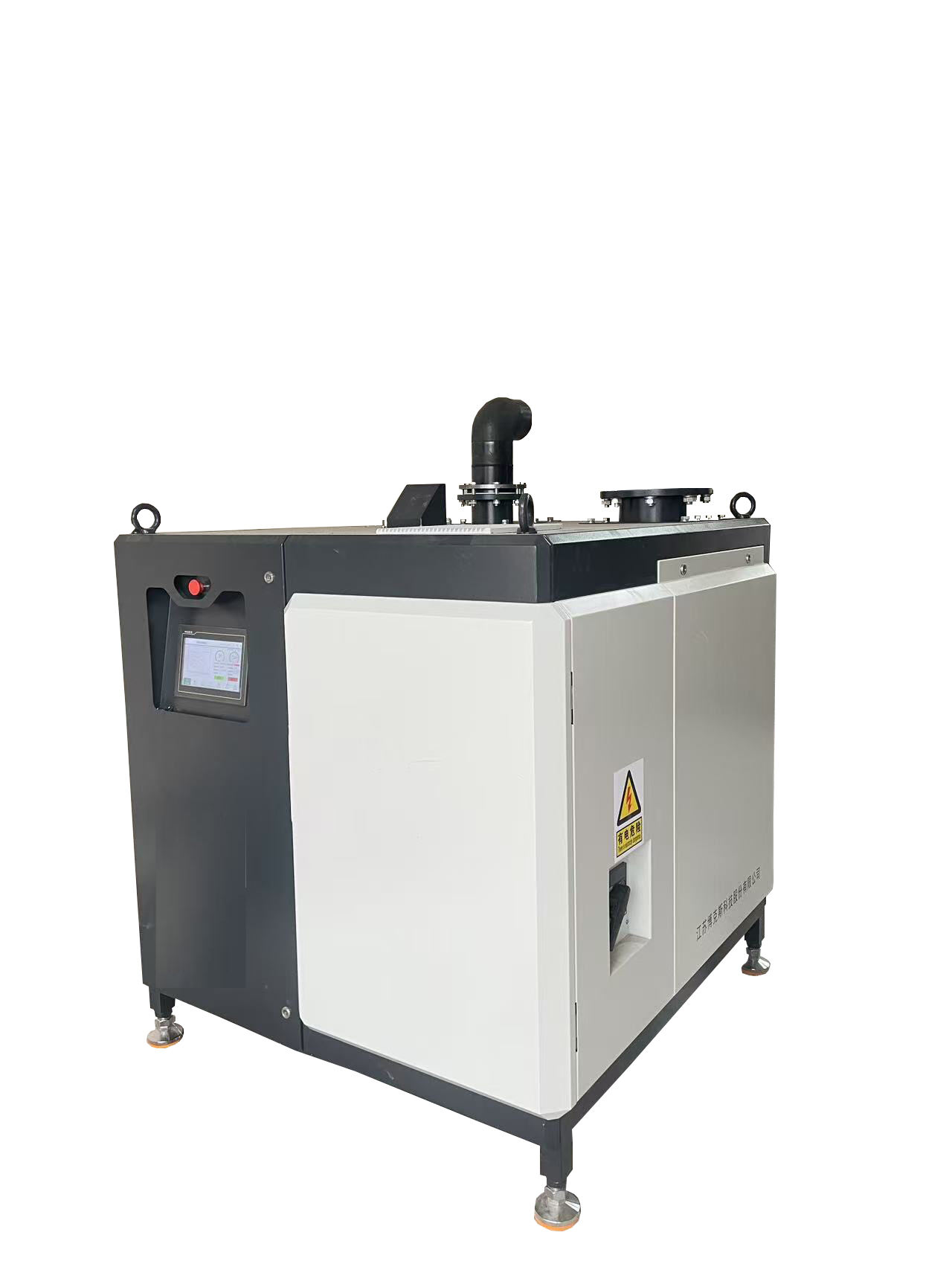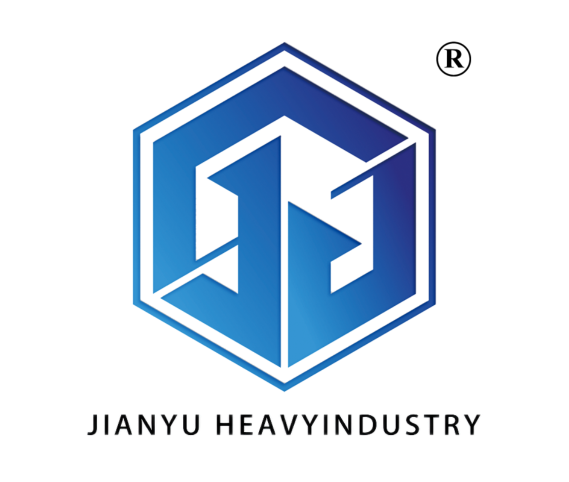vacuum conveying
Vacuum conveying represents a cutting-edge material handling solution that utilizes negative pressure to transport various materials through enclosed pipelines. This advanced system creates a vacuum environment to efficiently move powders, granules, and bulk materials from one location to another within manufacturing facilities. The technology incorporates sophisticated components including vacuum pumps, conveying tubes, material receivers, and control systems that work in harmony to ensure smooth material flow. The system operates by creating a pressure differential that draws materials through the pipeline, effectively eliminating the need for mechanical conveyors or manual handling. Vacuum conveying systems are particularly valuable in industries requiring high standards of cleanliness and contamination control, such as food processing, pharmaceuticals, and chemical manufacturing. These systems excel in both horizontal and vertical material transport, offering flexibility in facility layout and space utilization. The technology's versatility allows it to handle materials of varying densities and characteristics, from fine powders to larger particulates, while maintaining precise control over material flow rates and quantities. Modern vacuum conveying systems also incorporate advanced features such as automated cleaning cycles, material segregation prevention, and real-time monitoring capabilities, ensuring optimal performance and reliability in industrial applications.



